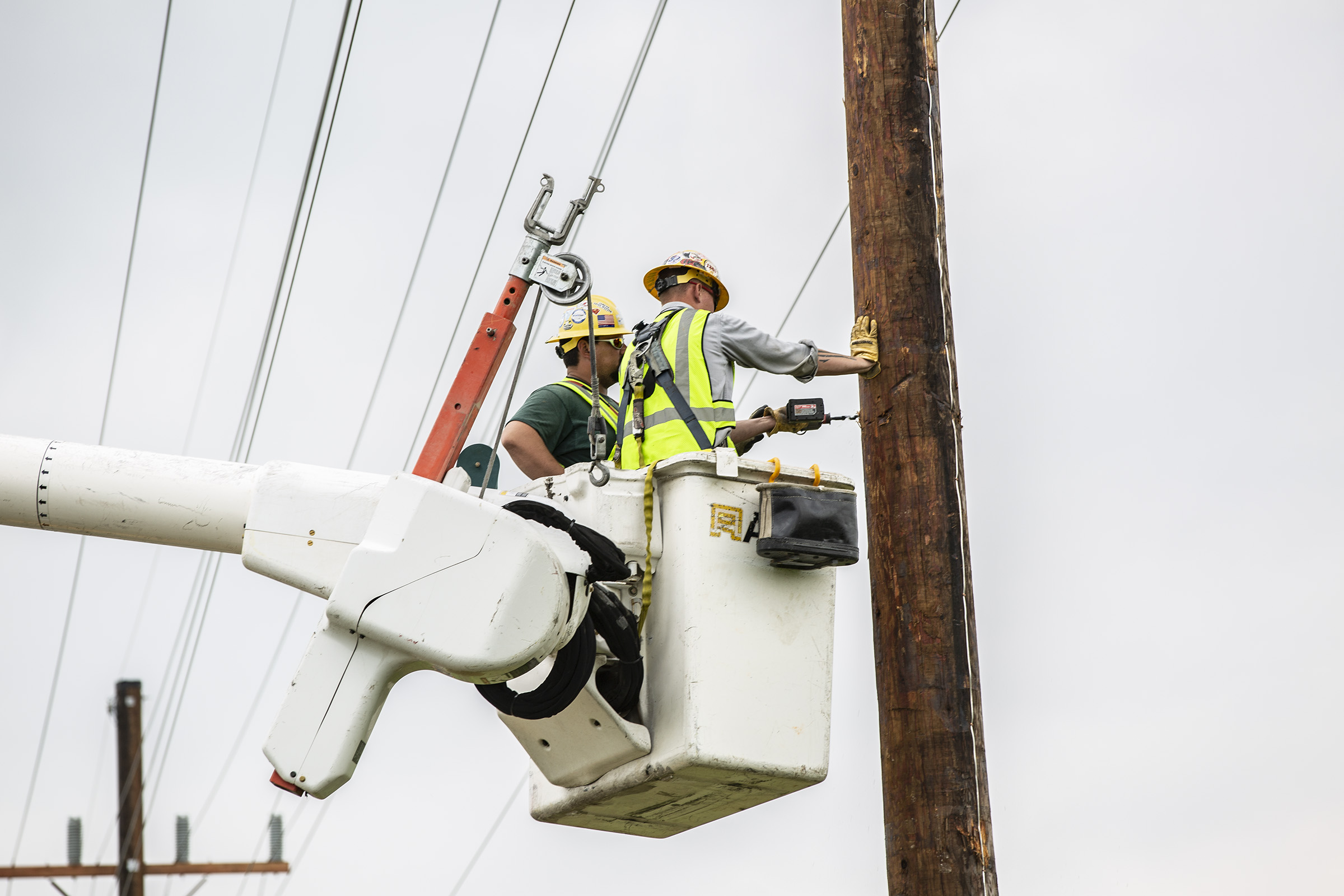
Liberty has received notification that it has been approved to receive the full $47.5 million in grant funding from the U.S. Department of Energy’s Grid Resilience and Innovation Partnerships (GRIP) Program. The grant program, announced last year but subject to the now final agreement between Liberty and the DOE, seeks to enhance grid flexibility and improve the resilience of the power system against growing threats of extreme weather. The funds will support the deployment of smart grid technology in Liberty’s electric service area in Arkansas, Kansas, Missouri, and Oklahoma.
Sam McGarrah, Liberty Director, Planning and Asset Management-Operations, says the funding effort will lead to the installation of advanced, smart technology. Around 300 devices – known as autoreclosers – will be installed in communities throughout the electric service area, enhancing Liberty’s ability to deliver energy to the grid and improving service and reliability.
“This will change the way we do business and enhance the capability of our distribution system,” says McGarrah.
The autoreclosers are capable of clearing power-line faults resulting from tree, animal, or debris contacts and restore service without human intervention. This can help to reduce the System Average Interruption Duration Index – the average time a customer experiences an outage – for circuits that have the capability by about 30 percent.
The grant program is funded through the Bipartisan Infrastructure Law and leverages federal and private investments. Receiving the full award means the project will be completed at a 50-percent savings for customers.
“This will really move us into the future in terms of operating our distribution system with significantly more efficiency,” McGarrah says.
The distribution automation project is projected to take five years to complete.
The next step is to submit a project-management plan to the DOE. In the next year, McGarrah says Liberty will begin reaching out to communities to begin communicating to them what the project will entail and how they will benefit from it. The distribution team will be using the community information to determine final equipment placement and prioritization.
***
Acknowledgment: "This material is based upon work supported by the Department of Energy, Grid Deployment Office, under Award Number DE-GD0000899."
Disclaimer: "This report was prepared as an account of work sponsored by an agency of the United States Government. Neither the United States Government nor any agency thereof, nor any of their employees, makes any warranty, express or implied, or assumes any legal liability or responsibility for the accuracy, completeness, or usefulness of any information, apparatus, product, or process disclosed, or represents that its use would not infringe privately owned rights. Reference herein to any specific commercial product, process, or service by trade name, trademark, manufacturer, or otherwise does not necessarily constitute or imply its endorsement, recommendation, or favoring by the United States Government or any agency thereof. The views and opinions of authors expressed herein do not necessarily state or reflect those of the United States Government or any agency thereof."
